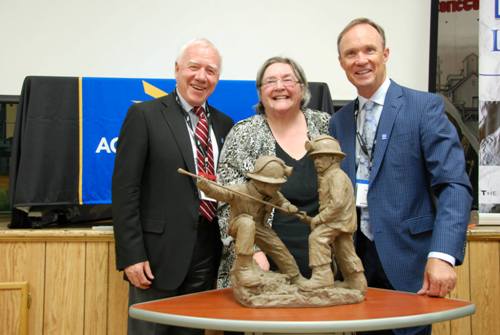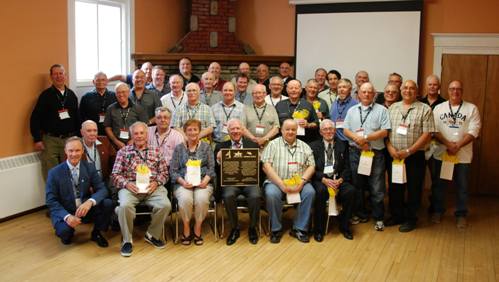LONDON, June 4 (Reuters) – Zinc prices are likely to struggle in the short term, weighed down by a more plentiful supply situation than forecast.
More inventories are due to move into LME warehouses while two mine operations will produce more than expected despite well-flagged closures, analysts and industry sources said.
Zinc is one of the best performing metals on the London Metal Exchange (LME) and has been a favourite of investors in recent years due to the prospect of shortages developing because of the shutdowns of major mines.
Benchmark LME zinc surged by a fifth during the six weeks to May 5, when it hit an eight-month peak of $2,404.50 a tonne, but has since given up about half of those gains.
Some analysts are concerned about more flows of inventories into LME warehouses after 36,400 tonnes arrived in Malaysian depots on May 19, the biggest one-day inflow in over a year.

























